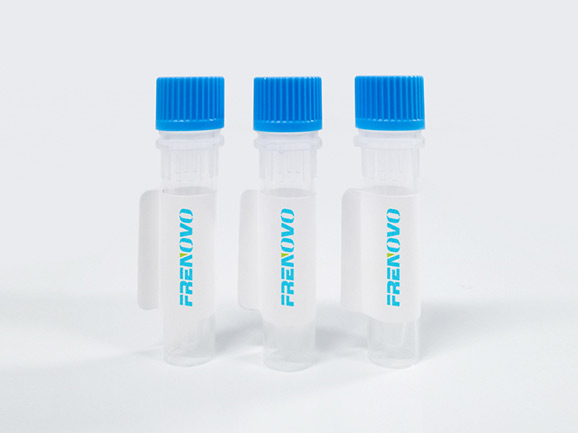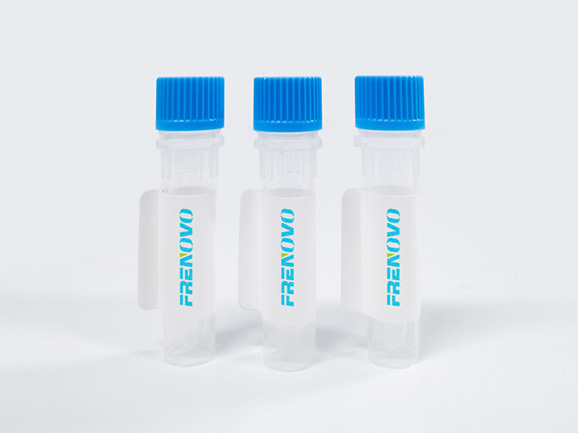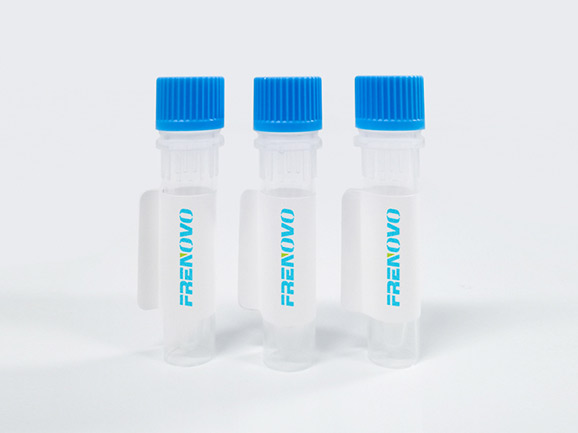The CDV AG rapid test is a critical tool used by veterinary professionals to detect Canine Distemper Virus (CDV), a highly contagious disease that affects dogs. Rapid testing technology has come a long way to provide fast and reliable results, with improved sensitivity and specificity. In this article, we'll delve into the developments and trends in CDV AG rapid test kits technology.
Canine Distemper Virus (CDV) is a contagious and life-threatening disease in dogs, affecting their respiratory, gastrointestinal, and nervous systems. CDV spreads rapidly through contact with infected dogs or contaminated objects, and early detection is crucial in managing and controlling the disease. The CDV test kit is a diagnostic tool that identifies the presence of CDV antigen in dogs' blood or saliva in a matter of minutes.
The accuracy of a rapid test kit depends on its sensitivity and specificity. Sensitivity refers to the ability of the test to detect the smallest amount of CDV antigen in the sample. Specificity is the ability of the test to distinguish CDV antigen from other viruses or normal canine proteins. Modern CDV AG rapid test kits exhibit high sensitivity and specificity, detecting low levels of the virus with minimal interference from cross-reactions. The use of monoclonal antibodies has significantly enhanced the specificity of the test, reducing false-positive results.
There are two main formats of CDV AG test kit: lateral flow assays (LFA) and enzyme-linked immunosorbent assays (ELISA). Lateral flow assays use gold nanoparticles conjugated to the anti-CDV monoclonal antibodies as the detection label, which migrates along the nitrocellulose membrane by capillary action. The presence of CDV antigen in the sample causes a visible color change on the test line. ELISA, on the other hand, employs a colorimetric reaction of an enzyme with a substrate to produce a visible signal proportional to the amount of CDV antigen in the sample. Both formats offer excellent sensitivity and specificity, with LFA having the advantage of a shorter assay time and simplified interpretation.
Multiplex rapid test kits can detect multiple pathogens simultaneously in a single sample, providing a comprehensive diagnostic in a much shorter time. There is a potential for developing multiplex CDV AG rapid test kits that can detect not only CDV but also other canine viruses such as parvovirus, adenovirus, and coronavirus. Multiplex testing can save time, reduce costs, and provide a more accurate assessment of the dog's health status. The development of such kits is still ongoing, but it promises to revolutionize the diagnosis of canine diseases in the future.
In conclusion, CDV AG rapid test technology has made significant progress in recent years, offering fast and reliable results with high sensitivity and specificity. The development of lateral flow and ELISA formats has greatly improved the usability and accuracy of the test, while the potential for multiplex testing holds great promise for future diagnostics. Veterinarians can leverage this technology to manage and control the spread of CDV, significantly improving the health outcomes and welfare of dogs worldwide.



